Charge entry, in the simplest terms, is the process of entering medical service details and their corresponding charges into a billing system. This step is crucial for creating accurate claims that insurance companies will accept and process for payment. It involves translating the medical services, procedures, and diagnoses into standardized codes, such as CPT (Current Procedural Terminology) and ICD-10 (International Classification of Diseases, Tenth Revision), along with entering the charge amount for each service rendered.
The Charge Entry Process
The charge entry process begins once the patient’s encounter with healthcare services concludes. Here’s a breakdown of the typical steps involved:
- Documentation Review: Medical coders review the patient’s medical records and documentation to identify the services provided.
- Coding: Coders translate these services into standardized codes, ensuring accuracy and compliance with coding regulations.
- Charge Entry: The codes and corresponding charges are entered into the billing software or system, creating a claim ready for submission to insurance providers.
Why Charge Entry Matters
The accuracy of charge entry directly influences the financial health of healthcare facilities. Incorrect or incomplete charge entries can lead to claim rejections or denials, underpayments, and delays in reimbursement. On the flip side, accurate charge entry streamlines the billing process, maximizes revenue, and ensures timely compensation for healthcare providers.
Challenges in Charge Entry
Despite its crucial role, charge entry is not without its challenges:
- Human Error: Manual data entry can lead to errors, such as incorrect codes or charge amounts.
- Up-to-Date Knowledge: Coders must stay informed about the latest coding standards and regulations, which frequently change.
- Complexity of Services: Some medical procedures are complex, making it difficult to choose the correct codes and charges.
Best Practices for Effective Charge Entry
To mitigate challenges and enhance the charge entry process, consider these best practices:
- Use Advanced Billing Software: Implementing sophisticated billing software can reduce manual errors and improve efficiency.
- Continuous Training: Regular training sessions for coding staff can keep them updated on the latest coding changes and best practices.
- Quality Checks: Implementing a robust quality control process before claim submission can catch and correct errors early in the process.
The Impact of Charge Entry on Patient Satisfaction
Beyond its financial implications, accurate charge entry also affects patient satisfaction. Transparent and accurate billing fosters trust between patients and healthcare providers, enhancing the overall patient experience.
Additional Resources
Here are some valuable resources in case you want to learn more:
- American Health Information Management Association (AHIMA): AHIMA offers a wealth of resources for health information professionals, including training and certification programs in medical billing and coding.
- American Academy of Professional Coders (AAPC): With a focus on medical coding, billing, auditing, compliance, and practice management, AAPC provides certification, continuing education, and networking opportunities for healthcare professionals.
- Healthcare Financial Management Association (HFMA): HFMA offers guidance on healthcare finance best practices, including revenue cycle management and medical billing.




